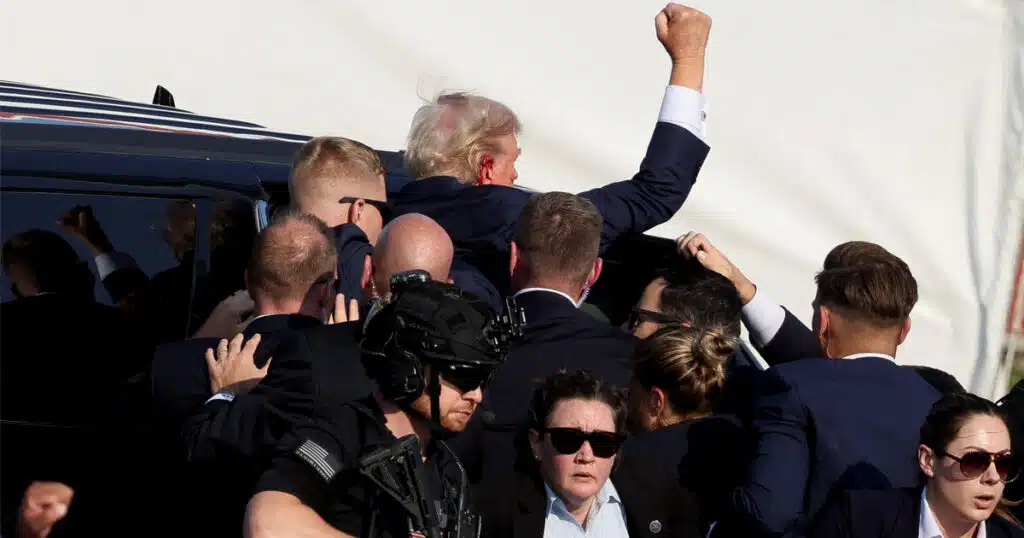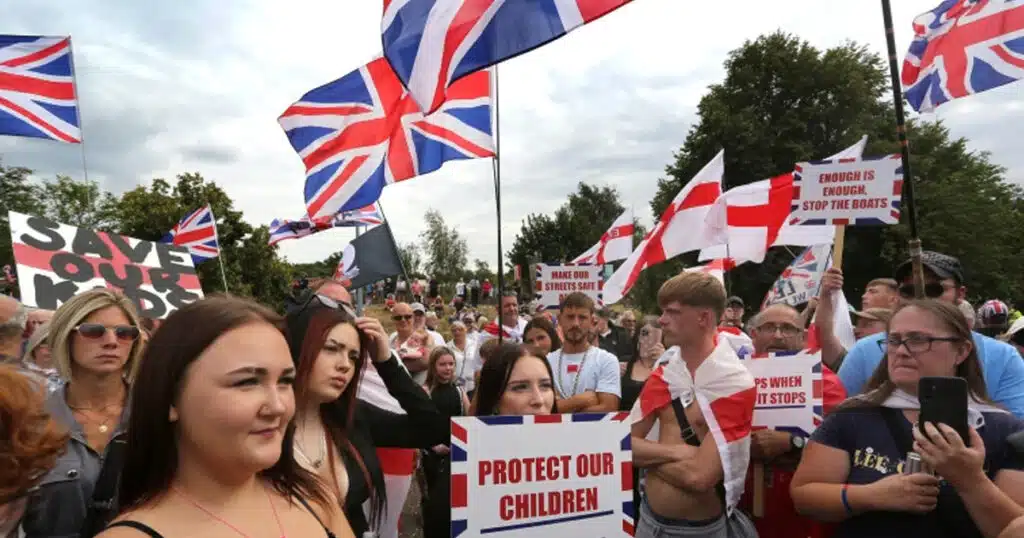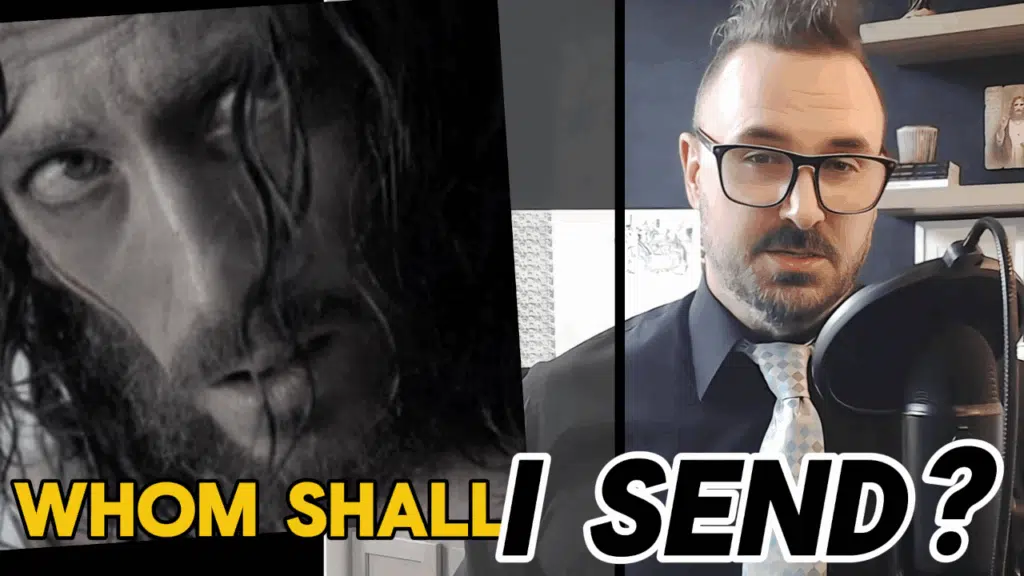
Former head of Secret Service, TSA head explains ‘failure’ at Trump shooting
Former head of the U.S. Secret Service and founding administrator of the Transportation Security Administration John Magaw told The Center Square Monday that there was a “failure” to properly secure the rally where former President Donald Trump was shot Saturday.
In the aftermath of the shooting, which left a rally attendee and the shooter dead and the former president injured, Magaw and other security experts laid out a litany of questions and concerns including a lack of drone usage, why officers weren’t on the rooftop where the shooter was, how the shooter could have gotten so close to Trump, and “mistakes” in getting Trump quickly off the stage and into a vehicle.
“I don’t see an indication that they used a drone to watch those rooftops,” Magaw told The Center Square. “What bothers me is they are kind of disparaging the local police department. Local police department always helps … But you have a supervisor from the office of jurisdiction do a walk around to ensure there isn’t a change or something not covered. They’ve decided the day before, who was doing what and what time they were doing it. Apparently, that didn’t occur, or else you would have seen a person on the roof, because normally you would put an officer in full dress on that roof. So, when you ask if there was a failure, the answer is yes.”
Chris Ragone, owner of Virginia-based Executive Security Concepts, has helped with security during previous presidential administrations and worked with the Secret Service in the past.
Ragone raised several concerns about the execution of security at the Pennsylvania rally.
“Because he’s a former president and because of the political climate, I don’t feel like he gets as many resources as he should have from the Secret Service,” Ragone told The Center Square. “So what that does is forces them to rely on other outlets. The Secret Service will try to bring in additional people from different field offices that are closed. But that becomes a budgetary thing.
“If that field office doesn’t want to budget it, they can get turned down,” he added. “So if they don’t get agents from other field offices, then they’ll start relying on all the local law enforcement.”
Much of Ragone and Magaw’s comments are based on analysis and initial reports, since so many details are still not publicly available. With ongoing investigations, it may be months or years before all the details are released.
Ragone said Secret Service likely set up a plan with local law enforcement where Secret Service guarded closer to the former president while local law enforcement secured the outer perimeter.
“So you’re coming and you’ve never worked with these local law enforcement, you probably have the Secret Service probably sent advanced agents to meet with them, and they set up a plan,” he said. “But there’s a lot of moving pieces, and I just feel like it wasn’t put together properly.”
Under particular scrutiny is how the shooter was able to get on a white rooftop for several minutes, where rally attendees could see him but not authorities. The shooter was roughly 130 yards away, a relatively easy shots for any experienced sniper. Numerous phone videos show attendees pointing to the person on the roof and yelling at law enforcement he was there.
“A real sniper or a police sniper or secret service sniper are going to be accurate from 500 yards away,” Magaw said.
Magaw said security personnel should identify direct lines of fire and keep watch over them but that the shooter was able to secure a direct line of fire from relatively close range.
“More often than not, you would cover that close of a direct line with an agent or officer,” Magaw said of the rooftop.
Secret Service has also taken fire for how long it took to get Trump off-stage and into a vehicle and that some of the officers protecting him from fire are much smaller than him.
“Did you see the confusion when trying to get him off the stage?” Magaw said. “That’s because the stairs are too narrow. The rails are too close together. You saw a couple agents jump off the back side and come around. That’s an advanced thing to correct. You’ve got to make it wider than what it is. You have to sometimes to allow yourself to go off the stage, one one side or the other. But, the ideal is to take him straight through the back. The bleachers can be set up so that there is a path directly to the rear, where the car is. So, they were delayed in having to get around the bad stairway and went to the wrong side of the car. There’s different opinions on that, but I’ve been around a long time and done a lot of advances.”
Magaw said the agents got Trump down quickly after the shots but that many other mistakes were made.
“The trained eye can see quite a few little mistakes that were made,” Magaw said. “The agents got there quick and took Trump down and got him down quick. But there were too many other things that obliterated that because the shot had already landed. If he hadn’t turned his head, the bullet would have hit him right in the back of the skull.
“On something like this, you can’t be silent.”
Ragone also blasted the recent trend toward Diversity, Equity and Inclusion hiring, which has advocated for hiring more women, even smaller women serving in roles even where their bodies are supposed to cover someone like Trump, who is 6’3” and is clearly much larger than some of the female agents guarding him.
“I need to find my agents that are bigger, and those agents that I will put on the principal,” Ragone said. “And that’s where DEI reared its ugly head, in my opinion, on this because you have females who are excellent agents. Don’t get me wrong … but they’re too small. They’re too little. They shouldn’t be there in that role. I’m sorry.”



